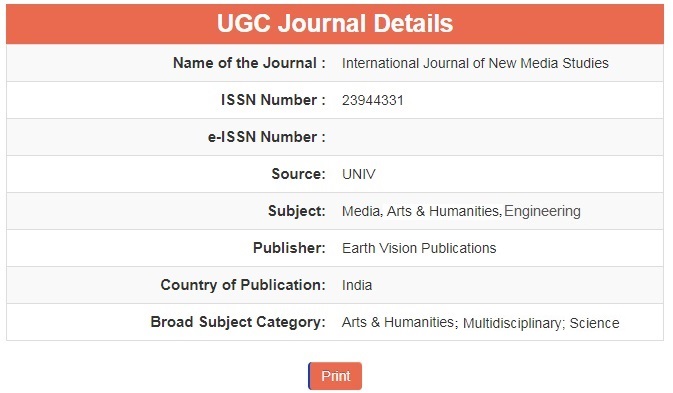Effect of Regular Pranayama Practice in Prevention of Non-Communicable Disease-A Swasthavrutta Perspective
Abstract
Non-communicable diseases (NCDs), including cardiovascular diseases, diabetes, chronic respiratory diseases, and cancer, are the leading cause of morbidity and mortality in India. Rapid urbanization, lifestyle changes, and increasing stress levels contribute to their rising prevalence. While conventional medical approaches play a crucial role in managing NCDs, there is growing interest in integrative therapies like yoga for prevention and management. Yoga is a multi-faceted spiritual tool enhancing health and well-being. Physical postures (Asan), regulated breathing (Pranayama), and meditations (Dhyana) are its main components. Breathing exercises of various types, particularly diaphragmatic breathing, alternate nostril breathing (anulom vilom), and kapalbhati have been noted to be useful in chronic asthma, chronic obstructive pulmonary disease (COPD), gastroesophageal reflux disease (GERD), post-operative management in head & neck surgery, cardiovascular surgery, and upper abdominal surgery.






